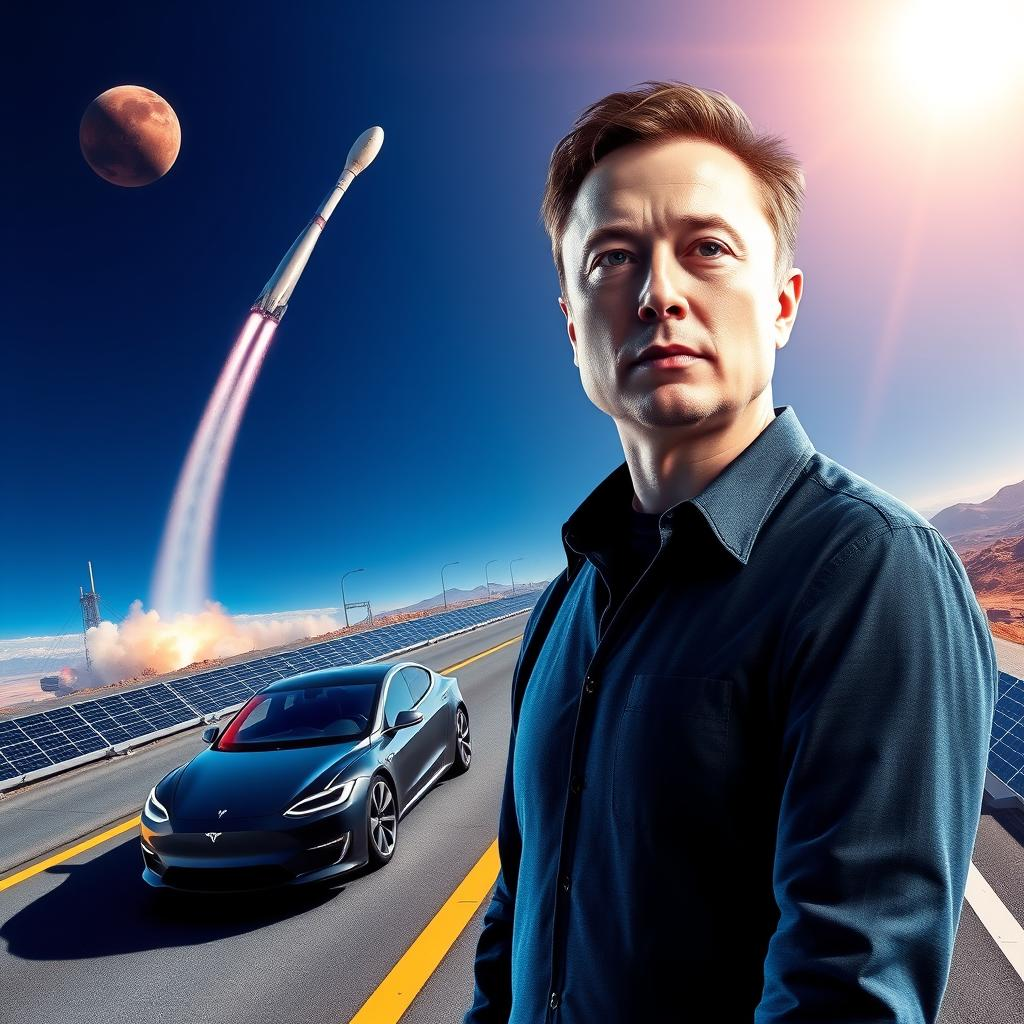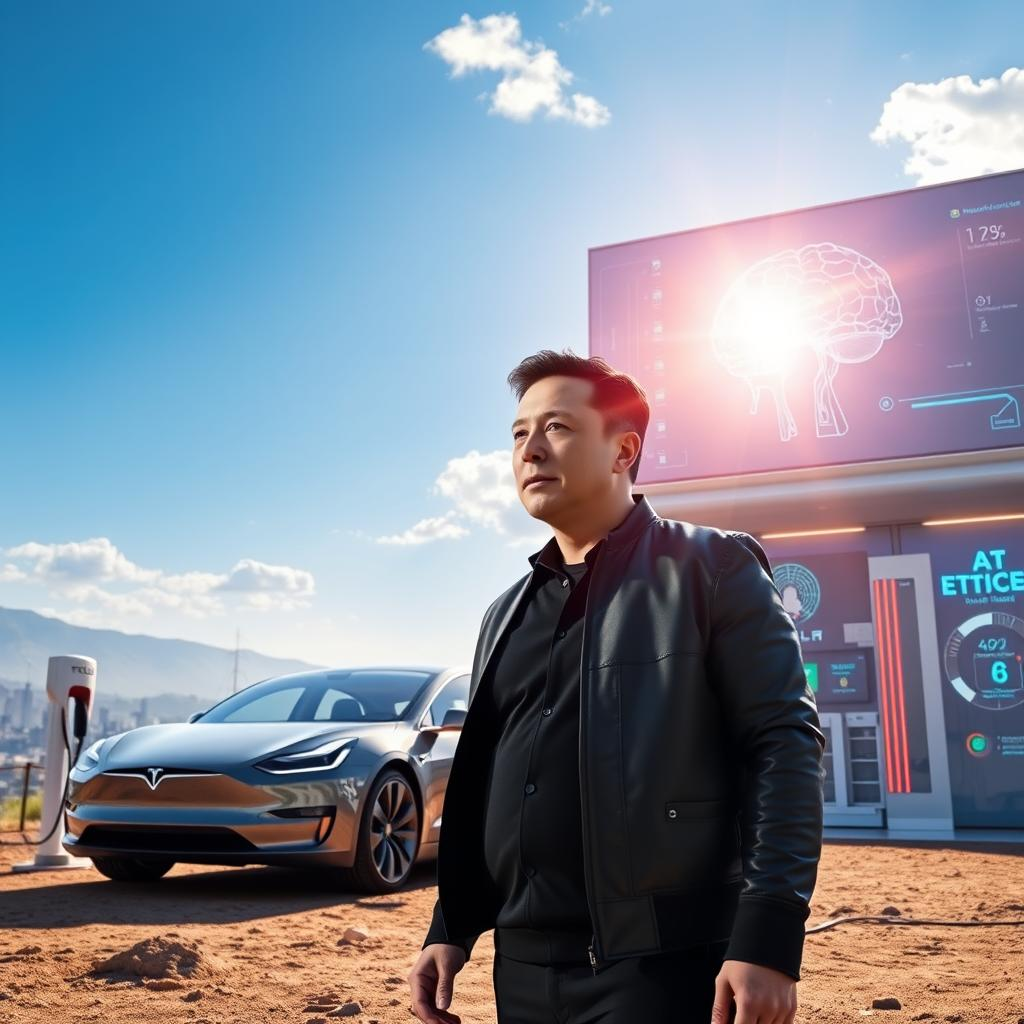I’m Jane Smith, and in this article, I’m diving into the extraordinary world of Elon Musk, whose visionary pursuits have reshaped industries and ignited a technological revolution. With Tesla’s groundbreaking advancements in electric vehicles and SpaceX pushing the boundaries of space exploration, Musk demonstrates how relentless innovation can redefine the future. Join me as I dissect his impact on these sectors, explore his strategic genius, and contemplate the profound changes his ambitious goals promise to deliver, reshaping the technological landscape as we know it.
Strategic Analysis
Musk’s role has been fundamental in steering Tesla and SpaceX to redefine their respective domains and set new benchmarks in technological progress. Tesla, in particular, has reshaped the electric vehicle landscape. The Tesla Model S and other models employ state-of-the-art AI to enhance autonomous driving capabilities, earning a spate of awards for sustainability and performance. These strides align with Musk’s mission statement: “The mission of Tesla is to accelerate the advent of sustainable transport by bringing compelling mass-market electric cars to market as soon as possible” (Source: Utility Dive).
In aerospace, SpaceX has set new paradigms through reusable rockets, which significantly cut the costs of space travel. This approach democratizes space access, underscored by SpaceX’s numerous successful launches which have made space more accessible and less expensive. Such breakthroughs propel the notion of affordable and frequent extraterrestrial voyages, aligning with Musk’s personal mission of interplanetary colonization: “My career is Mars and cars” (Source: Time).
Regulatory frameworks emphasizing emissions reduction bolster Tesla’s strategic foresight. As global policies pivot towards renewable energy, Tesla’s pioneering and sustained investments in battery technology and solar solutions fortify its competitive edge in this shift.
Impact Projections
The ramifications of Musk’s ventures are profound. Tesla’s constant evolution in electric vehicles and energy storage systems propels a global transition to renewable energy, reinforcing its standing as a leader in the automotive industry. With tightening environmental regulations, Tesla’s growth trajectory is poised for further ascent in market leadership.
SpaceX’s progress could dramatically influence aerospace by making space entry economically feasible and inspiring broader investments in space exploration. This democratization may usher in groundbreaking changes, like making interplanetary travel feasible within our lifetimes, driven by Musk’s vision to establish a Mars colony.
Musk’s intertwined focus on AI and sustainable energy via Tesla, alongside renewable space travel envisioned by SpaceX, is likely to induce significant shifts in energy policies and tech paradigms globally.
Innovation Roadmap
Musk’s forward path is characterized by ambitious aspirations framed with precision. For Tesla, the aim is to cement its market position by diversifying its product offering and enhancing battery technology. The acquisition of SolarCity amplifies Tesla’s reach in renewable energy, vital for a sustainable future.
SpaceX’s expansion endeavors include Mars colonization. Projects like the Starship spacecraft aim to render deep space travel feasible. AI’s integration into space missions could further bolster these projects, paving the way towards autonomous spacecraft operating extensively and independent of human oversight.
Conclusion
Elon Musk’s relentless pursuit of groundbreaking innovation offers a template for progress in AI, renewable energy, and space exploration. His enterprises, Tesla and SpaceX, continue to challenge traditional norms, drive industry pivots to new horizons, and shape future trends. As technological and sustainability landscapes evolve, Musk’s influence promises growth, potentially redefining what humanity might achieve in this century. His leadership story underscores how visionary insight and strategies can spur advancements across multiple sectors, establishing him as a pivotal figure in our technological progression.





